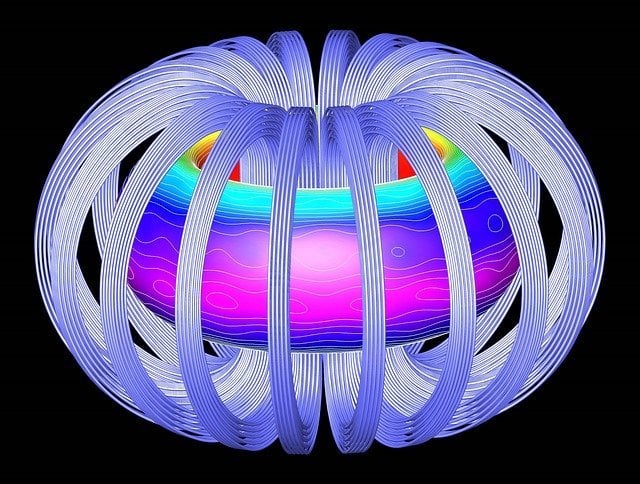 Crédits : skeeze / Pixabay.
Crédits : skeeze / Pixabay. « Nos recherches confirment que notre concept a toutes les chances de fonctionner » , a affirmé récemment dans le New-York Times (relayé par Futurism ) Martin Greenwald, directeur adjoint du Centre de fusion nucléaire et de science des plasmas de l’Institut technologique du Massachusetts (MIT). Le concept est celui d’un réacteur à fusion nucléaire dite « compacte », appelé SPARC . La revue scientifique Journal of Plasma Physics publie aujourd’hui les travaux, répartis sur sept études distinctes, d’un consortium de 47 chercheurs spécialisés en physique nucléaire, émanant de 12 institutions différentes. Les physiciens sont si confiants de leurs résultats préliminaires qu’ils pensent pouvoir commencer la construction (financée par la compagnie privée Commonwealth Fusion Systems) de SPARC en juin 2021. Une fois celle-ci achevée, d’ici 2025, le réacteur devrait ensuite produire de l’électricité à partir de 2035 . « Ce que nous avons essayé de faire est de positionner le projet sur une base physique la plus solide possible , a ajouté Martin Greenwald, afin de garantir que (le réacteur) puisse fonctionner en connaissance de cause. »
Le SPARC est un tokamak de relative petite taille, un réacteur en forme de donut comme le HL-2M Tokamak , surnommé le « Soleil artificiel chinois ». À l’intérieur, il produit un « plasma brûlant » censé fusionner des isotopes d’hydrogène (H) en hélium (He) pour ainsi générer de l’énergie de manière auto-entretenue, sans apport complémentaire. Pour retenir l’immense pression thermique qui en résulte, le MIT fait appel à des aimants super-conducteurs, conçus pour créer un champ magnétique assez puissant pour la retenir. Ils seraient semblables à ceux utilisés par le réacteur ITER (pour International Thermonuclear Experimental Reactor) dont l’assemblage a commencé cet été en France. Si SPARC fonctionne comme les chercheurs l’assurent, il devrait être capable de produire deux fois plus d’énergie qu’il n’en faut pour alimenter sa réaction. Les physiciens nucléaires sont même confiants qu’une fois son plein potentiel atteint, il pourrait fournir l’équivalent de dix fois cette énergie . SPARC deviendrait alors comparable à son cousin européen ITER, pourtant bien moins « compact » en taille. Le premier ferait la taille d’un court de tennis tandis que le second sera plus large, en diamètre, qu’un terrain de football. D’après le New-York Times , SPARC devrait être aussi moins cher : son financeur a pour le moment injecté 200 millions de dollars, contre 22 milliards estimés pour ITER.
Pour en savoir (beaucoup) plus sur la fusion nucléaire, son fonctionnement et ses enjeux, nous vous invitons à (re)lire notre dossier détaillé sur la question « Fusion nucléaire : quand aurons-nous notre soleil artificiel ? » .
L'Energie en fusion - BÉCOULET, Alain (Author)
- 200 Pages - 01/23/2019 (Publication Date) - Odile Jacob (Publisher)
Journal du Geek

 chevron_right
chevron_right
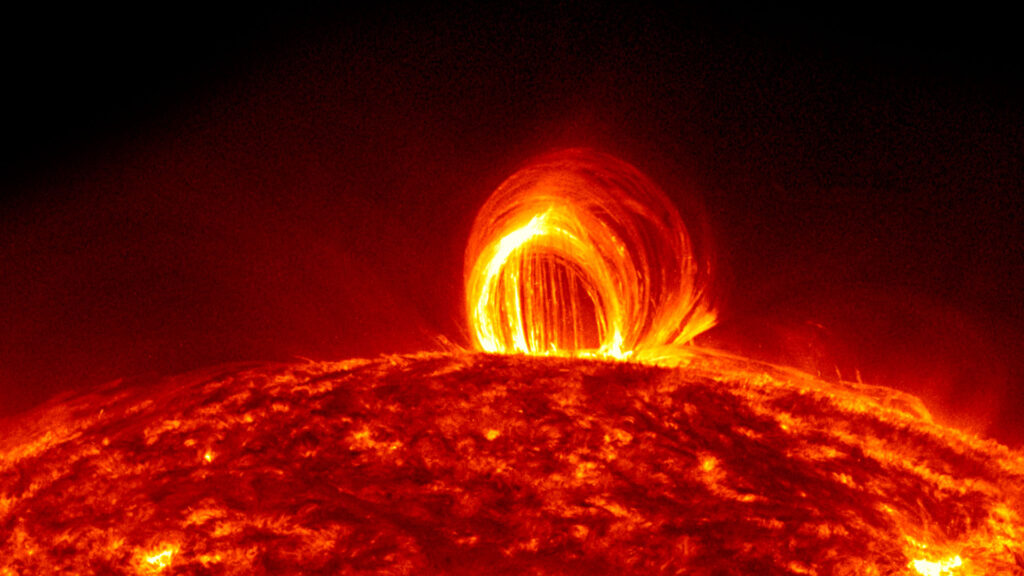


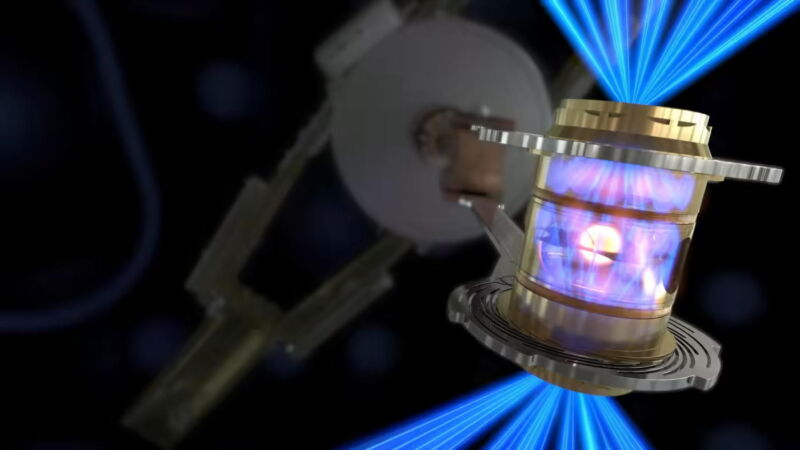
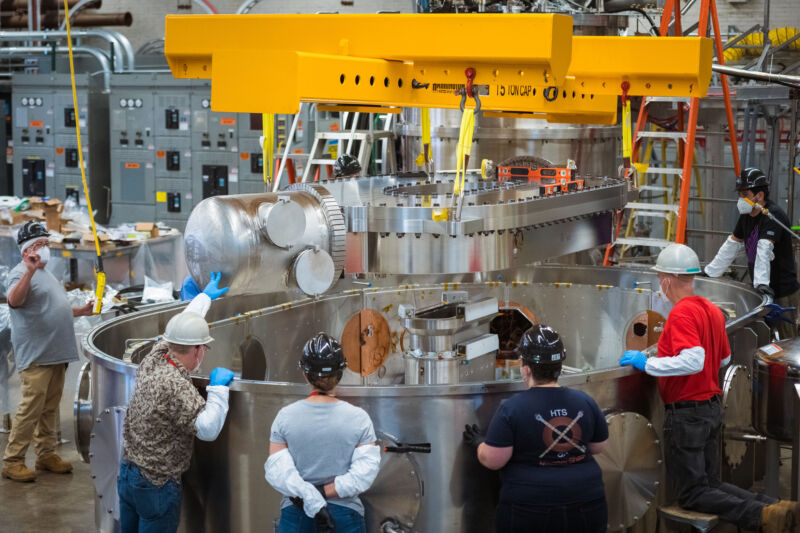
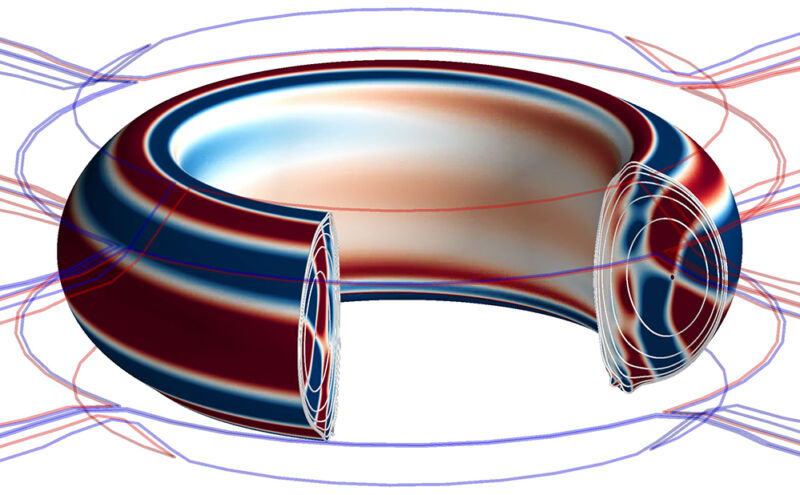
 Crédits : skeeze / Pixabay.
Crédits : skeeze / Pixabay.